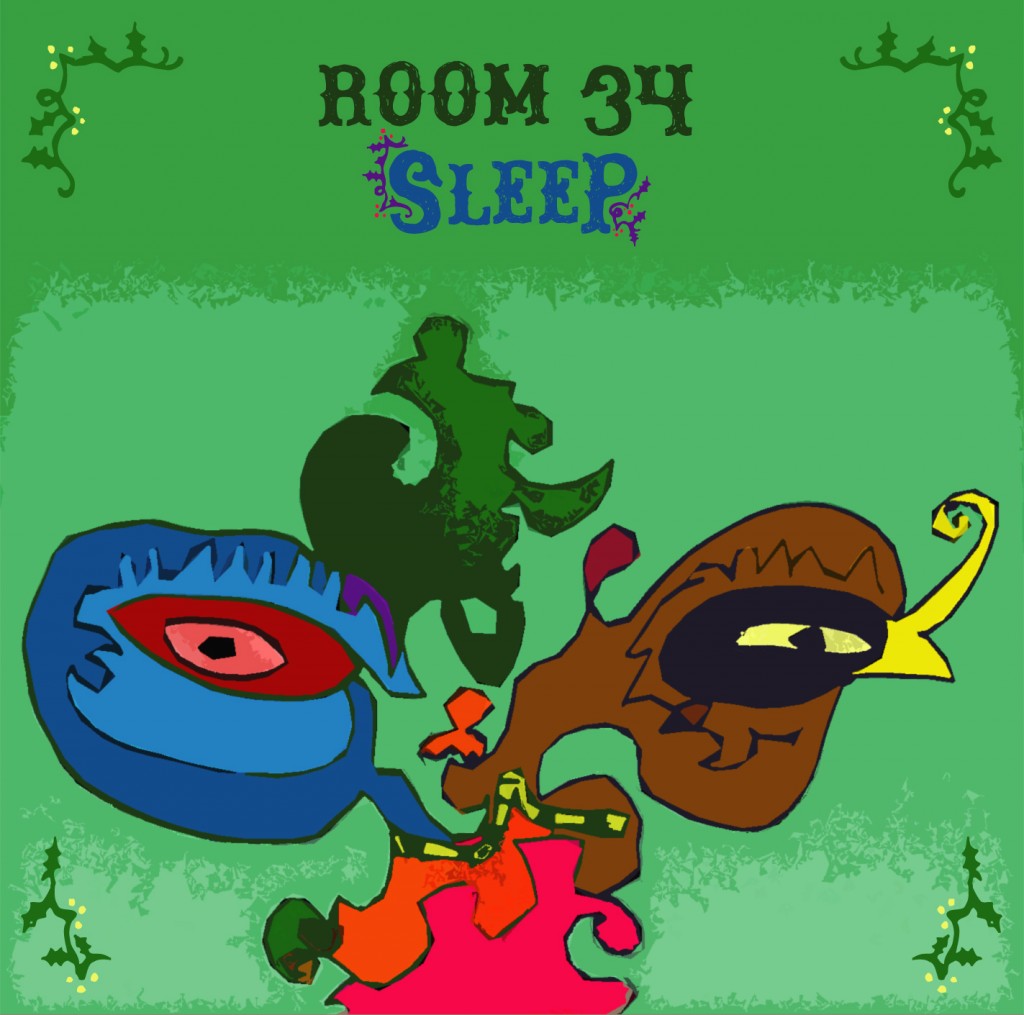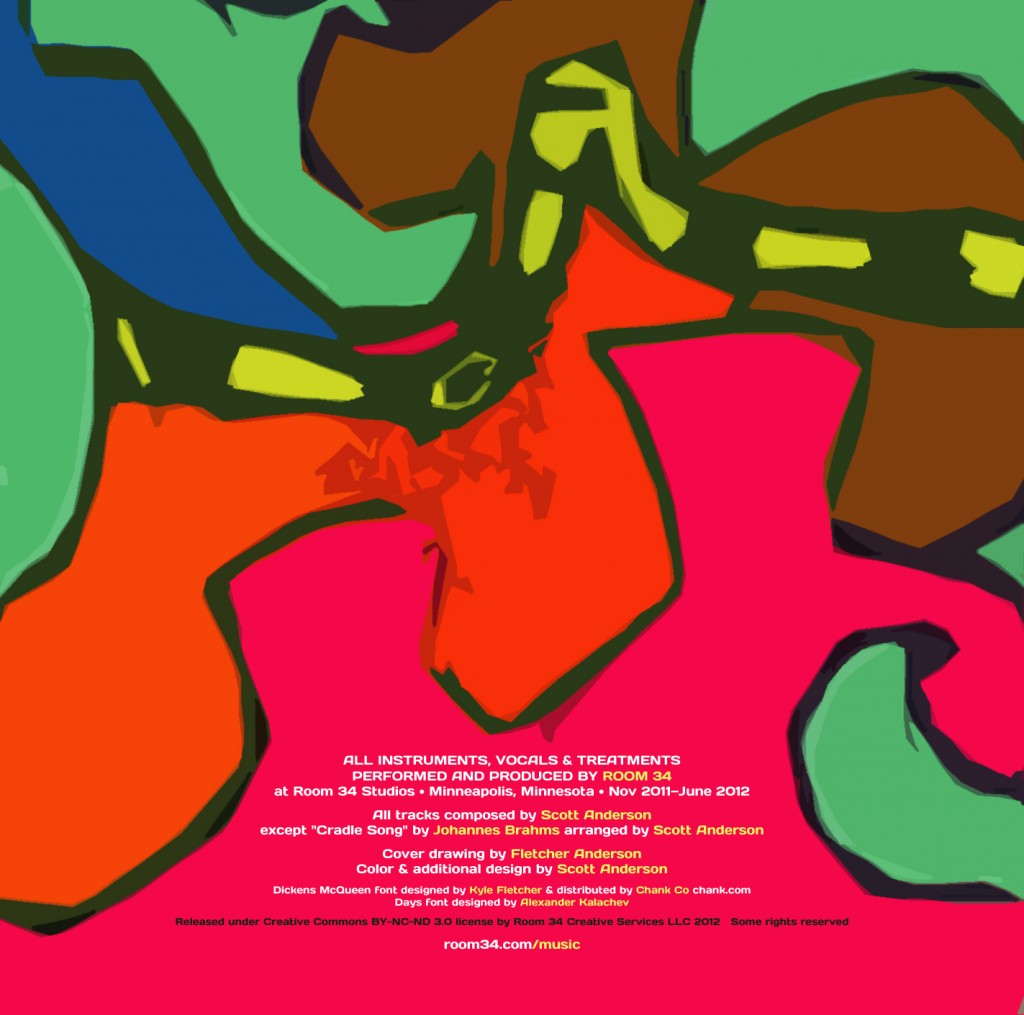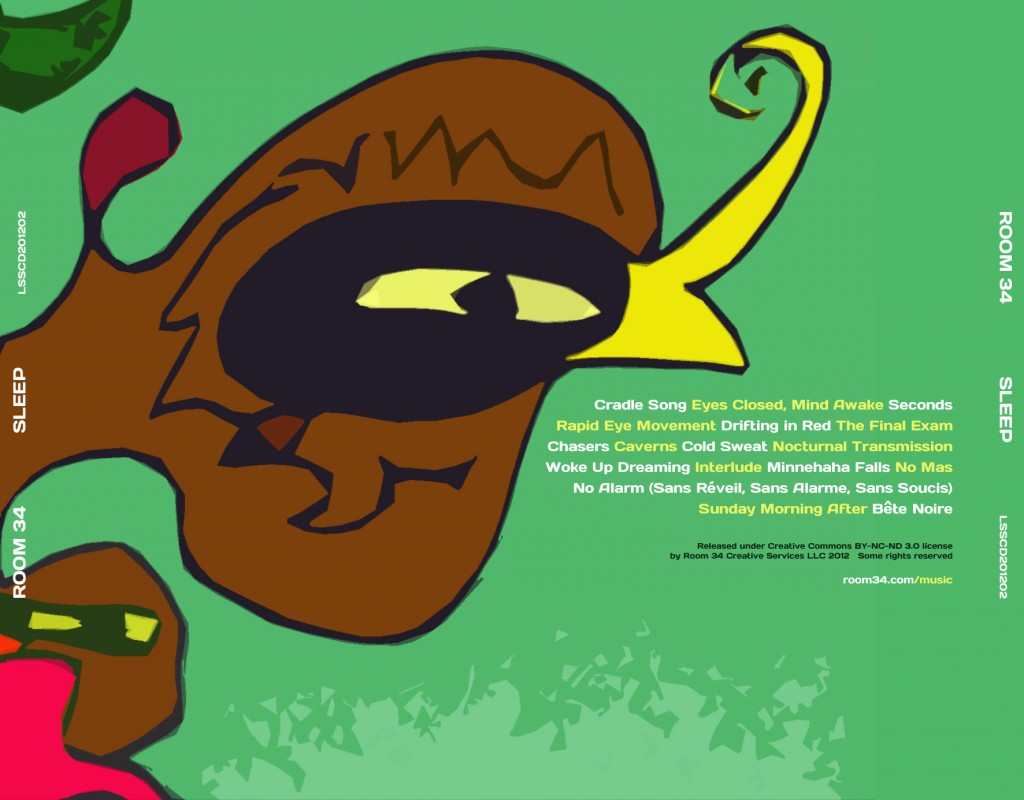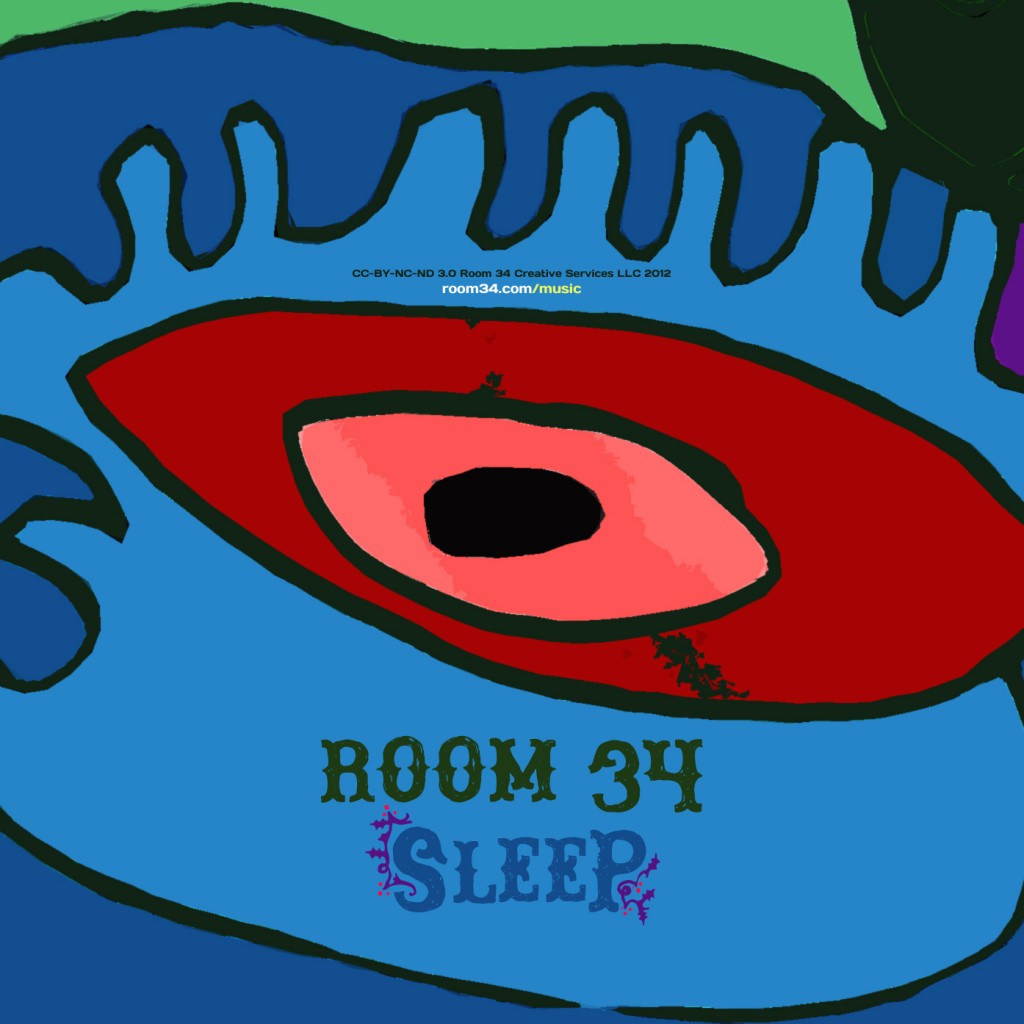We all need more Sleep, right? Now you can download my latest album for free from Bandcamp.
Sleep began as a concept for my 6-year-old daughter. Last November, she asked me to record an album for her to listen to as she fell asleep. The first track I recorded at the time was what became “Rapid Eye Movement,” and she immediately declared it a failure… it was too creepy for her to fall asleep to, she said.
I quickly realized that any album I made about the concept of sleep was going to veer off into dark and mysterious territory not suitable for peacefully lulling a 6-year-old off into dreamland. And maybe that’s the point. Sleep is not just peaceful rest. It’s a dark and strange landscape where our minds confront their deepest fears and desires, where our subconscious comes out to play… or to wreak havoc. Sure, there are also moments of peace and bliss, but sleep is many different things, sometimes all at once. This album seeks to capture the essence of sleep in all its complexity.
After my daughter wrote off the album, I largely did too. Or so I thought. But over a period of months I accumulated a grab bag of musical sketches and partially-complete tracks, composed primarily late at night on my iPad as I lie awake in bed. Then in mid-June, my 9-year-old son drew a surreal picture he called “The Super Weird Face.” It had a strange, dream- (or nightmare-) like quality. Immediately I knew it was the cover art for the album, and it inspired me to collect all of these stray musical ideas I had been working on and turn them into the final collection of 17 tracks that comprise the finished album.
My one sentence summary is this: The album is a sonic journey into, through, and out of the landscape of sleep and dreams.
Please have a listen and let me know what you think! (If you really like it, you can also buy the CD for $8.99 from Kunaki.)




